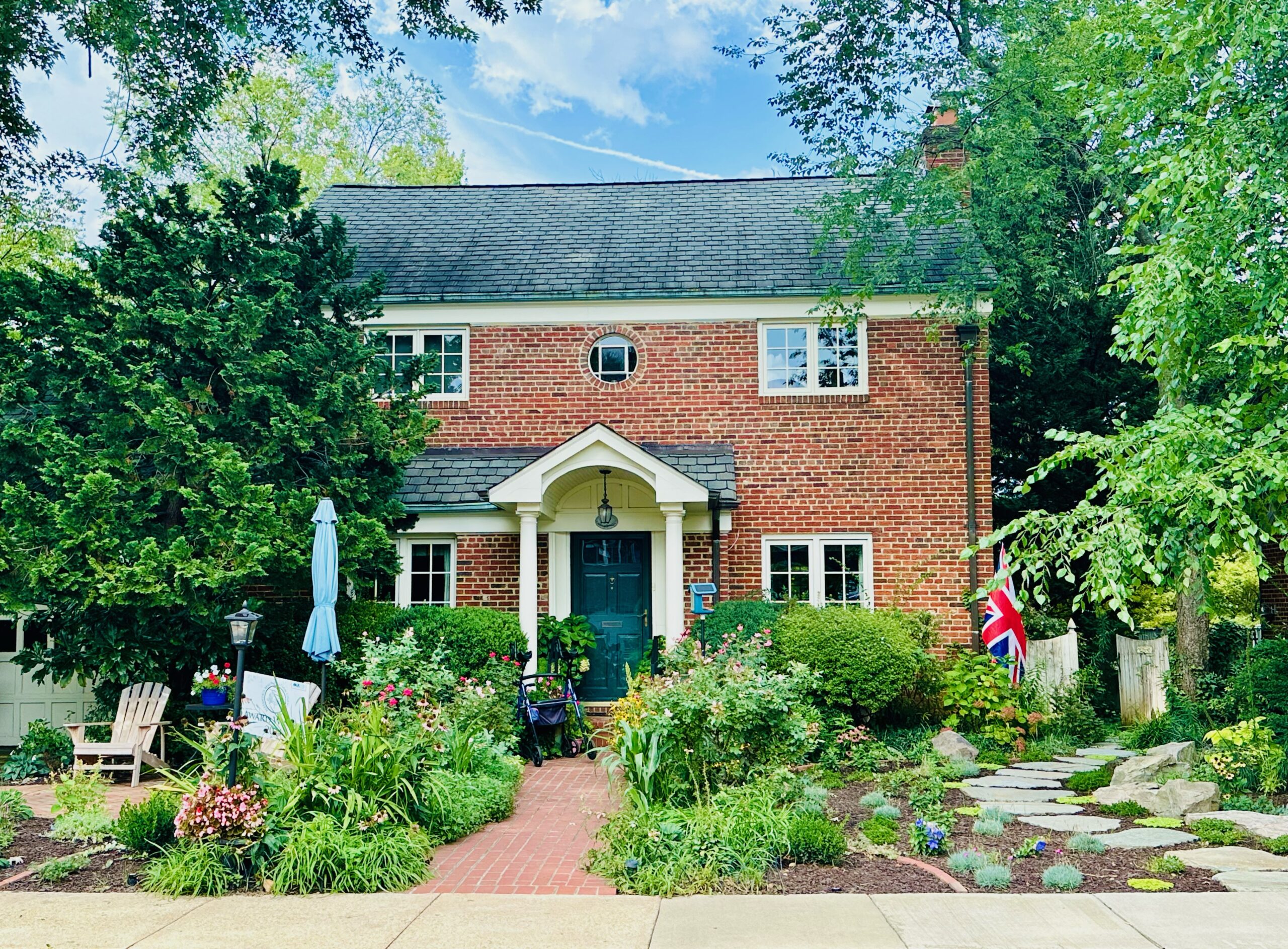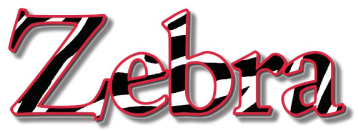Avoid Turfgrass and Improve Your Lawn

By Sara Kohn, ABC
Alexandria, VA – To many, the sight of a lush, well-maintained lawn signals the arrival of Spring, evoking happy memories of freshly mowed grass and outdoor activities. However, beneath the surface of this seemingly idyllic scene lies a serious problem with turfgrass, warns Dr. Douglas Tallamy, an ecologist and professor of entomology at the University of Delaware.
Tallamy’s research, conducted over decades on his property, reveals the negative impact of turfgrass on biodiversity. He replaced his turfgrass with native plants and observed a significant increase in the variety and abundance of wildlife, including caterpillars, birds, and frogs. This led him to challenge the widespread use of non-native turfgrass in American suburbia, a practice that fails to support local ecosystems.
Despite its European origins, turfgrass now blankets roughly 40 million acres in the United States, resembling monoculture farmland and contributing to habitat loss. Maintaining turfgrass relies on fossil fuels and harmful chemicals, exacerbating environmental degradation.
A more sustainable solution is replacing turfgrass with native plantings, creating permanent sanctuaries for pollinators and other wildlife. By converting even small patches of turfgrass to native habitats, Alexandrians contribute to improving biodiversity in their own yards.
While restoring biodiversity may seem daunting, our collective action on a small scale will have significant impacts. Say yawn to your lawn – embrace native plantings and reduce turfgrass to foster healthy ecosystems for future generations. Check out resources like the Plant NOVA Natives website for guidance and practical advice on how to make these changes, and inspiration.





Thanks for the great article! Alexandria could lead the way on restoring birds and pollinators and other biodiversity, and have more lush and beautiful gardens!
This is great advice, and the Plant NOVA Natives website (https://www.plantnovanatives.org/) is an incredibly inclusive site that includes: why to install native plants in your yards and in pots for porches, patios and balconies ; which plants are right for various situations (e.g., areas that are wet, dry, shady, sunny, etc.), and which critters they feed; where to buy natives, including numerous native plant sales during April and May; and where to get additional advice and help. The site has lots of plant photos, too.
[…] Avoid Turfgrass and Improve Your Lawn 0 0 votes Article […]